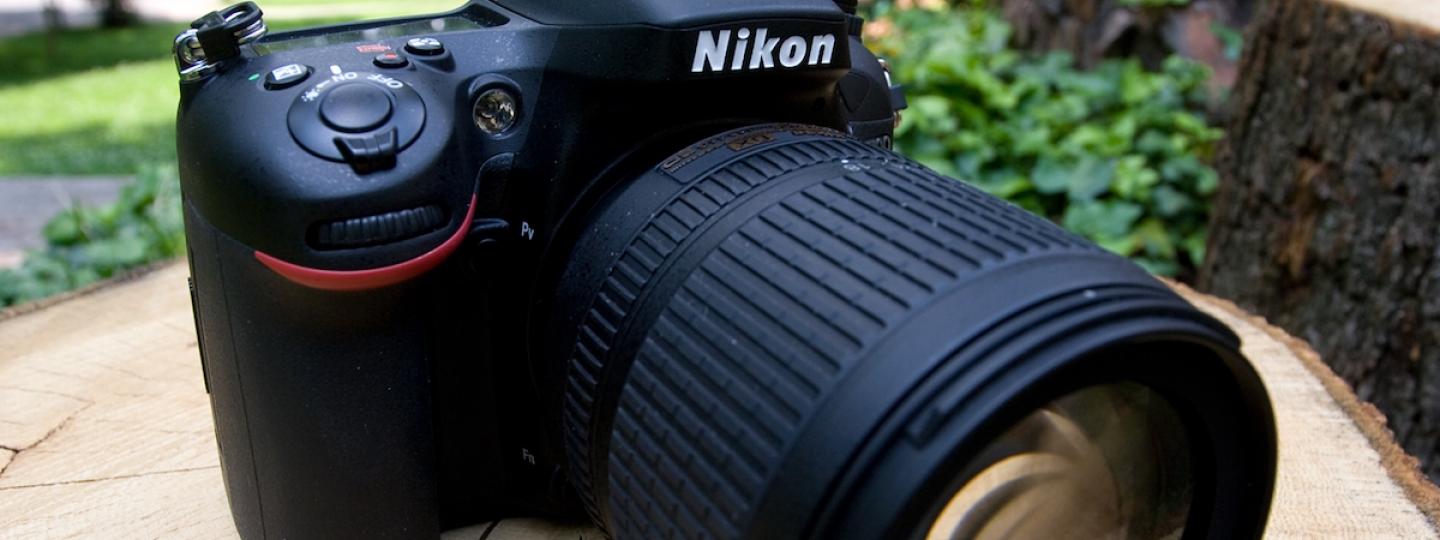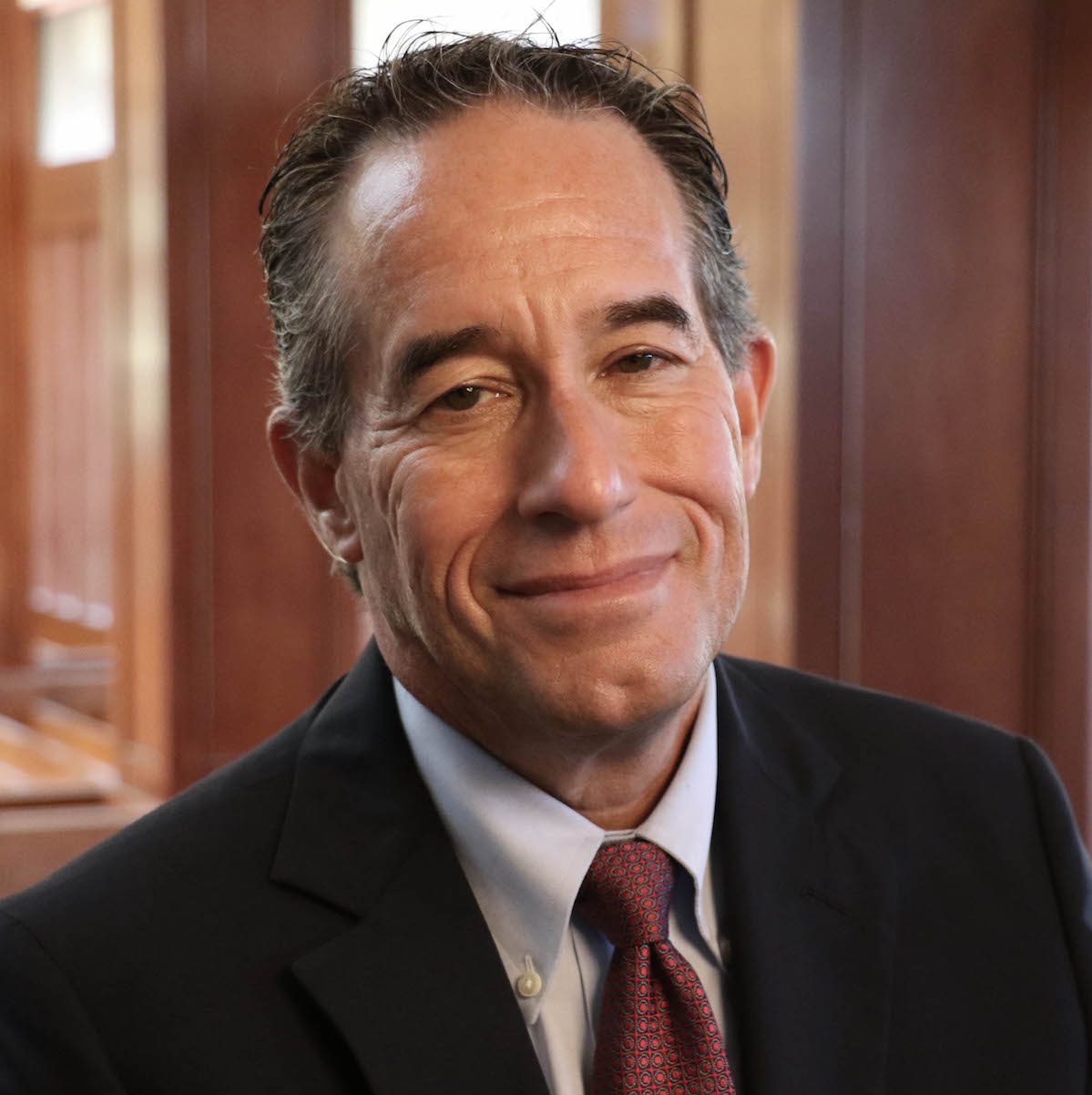On Thursday, Poynter reporters Ren LaForme and Kristen Hare published an article about how journalists can use a variety of websites to add visuals to their work for free.
The article was part of an informal series of published conversations that introduce helpful tools and sites for journalists. We generally frame the conversation around a problem to be solved and then discuss ways in which a tool or two might help.
We frequently hear from reporters that many of their stories lack visuals, often because of strapped resources and too few visual people on their team. We also hear that many reporters are working on multiple stories each day, which makes it increasingly difficult to have thoughtful conversations about the importance of visuals for each piece. And so we sought to provide them with some options, especially for illustrations and stories without obvious photo cues.
The conversation reflected some of our own issues with finding online imagery. Like many digital newsrooms, Poynter does not have an editorial employee dedicated to visuals. We write about abstract concepts, tips and tools that exist solely in digital and don’t have any visual elements. We subscribe to AP Images and turn to them first to find appropriate imagery for our stories, but often find that their photographs aren’t good fits for our articles.
The reality of digital storytelling is that articles without images are not as competitive. They’re significantly less attractive to audiences on web pages, and social media sites often penalize them (or render them ugly). Text needs imagery to exist on the modern web.
Against that backdrop, Ren and Kristen were attempting to think about this question: How do we square the pressure to include visuals with every article with the realities of an industry where many newsrooms don't have visual journalists as employees anymore?
Their back-and-forth reflected the very real conversation that we know from experience is happening frequently in newsrooms or among small teams of producers.
But these realities, understandably, offend many in our business. Exploring it in such cold, practical terms struck a nerve with a lot of colleagues, including some very esteemed journalists, who found the back-and-forth "conversation" too quick-and-dirty, even insulting. Newsrooms (and Poynter) shouldn’t surrender to those digital pressures, they passionately argued. Particularly not when so many talented photojournalists are out of work, or eager to find it.
Certainly, we didn’t mean to insult anybody. It wasn’t lost on us that free content can be problematic and that there are numerous ethical trappings for journalistic institutions, and for the industry. But our approach to the question didn’t make room for how deep — and personal — the issues run.
So here’s what we heard and what we’re thinking about
We’ve heard that when we talk about the digital economics that suggest photos are important for stories to gain audience, we must not naively or insensitively imply that photographs are “window dressing” for the copy. We don’t believe that at all; we recognize the form of our story was too much shorthand. At minimum, we should be clear: The web is a visual medium, and suggesting the primacy of the text is old, flawed thinking.
We heard loud reminders that stock images can be ethically questionable, especially if you can’t verify the original source. So it was insufficient to talk about those issues only from the standpoint of copyright. Given the proliferation of these sites (and likelihood they are not going away), it’s time for a more robust conversation about how relying on generic photo archives for presentation (as so many organizations do) could degrade the “journalistic validity” of a news site.
We heard that by helping journalists access free images, we sound like we support the erosion of the photographer's business model and devalue images. This is a resonant point for all aspects of the business that have become more challenged because so much content has gone free to the web. We need to be sensitive to that, even as we not avoid the conversation about that.
We heard that there are legal questions with unclear answers about Unsplash, a website that we recommended, that have cropped up recently.
We heard concerns about copyright and licensing issues and that we didn’t adequately address those in our piece, such as the fact that Creative Commons licensing is more complex than we alluded to.
Next steps on the conversation
We are inviting photographers and leaders in the photojournalism world to weigh with their takes on these issues and to express their concerns that Poynter ran the piece. As with any good debate, we will link to these views from the original piece. What’s more, we intend to do a fuller piece of journalism that explores these issues more fully in one place.
We won’t tackle this question lightly and future pieces will be sure to lay a full foundation before using the dialogue-scene approach as if it were anything more than it was intended to be. Similarly, future “weekly conversations” will be sure to include a wider variety of voices and perspectives.
Undoubtedly, the economic and technological transformation that has changed journalism over the past two decades has led to an extensive calibration of different kinds of content, serving different audiences in different ways. Even as we recognize that, we regret that anyone felt diminished by the exchange. We prefer to celebrate the work of serious journalists doing meaningful work that makes a difference in people’s lives.







